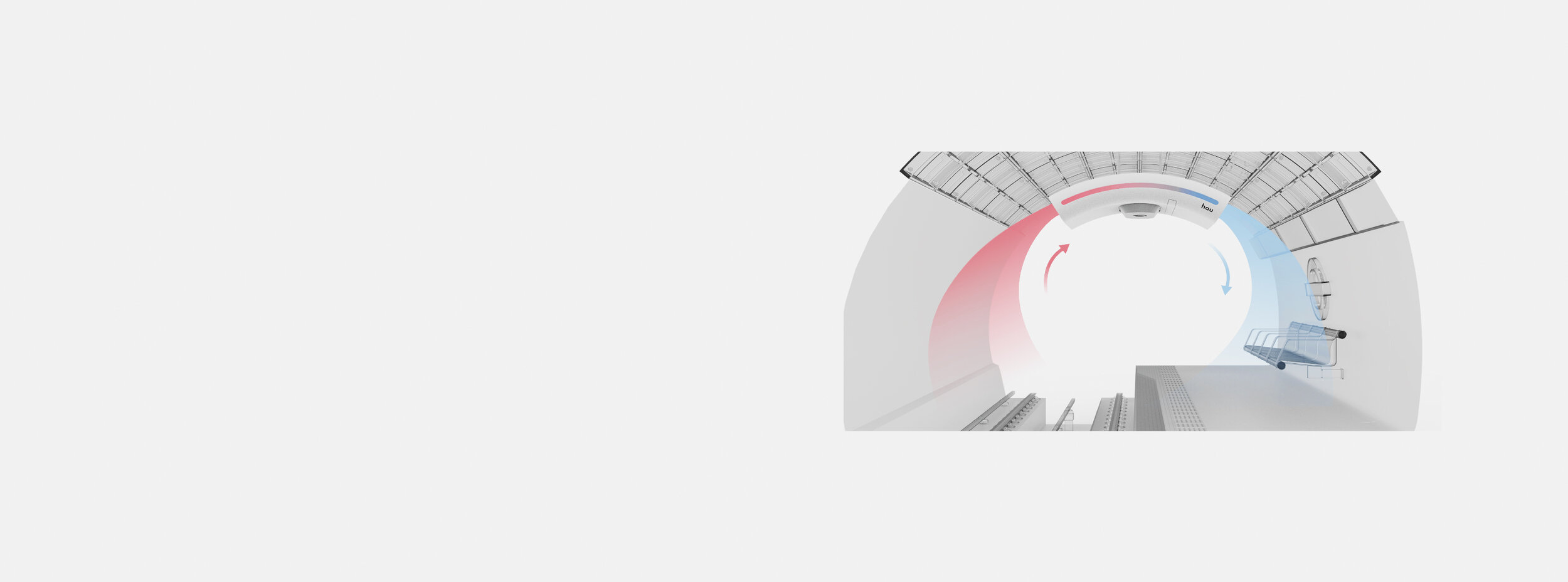
RSA student design awards
2020-2021
A project in collaboration with James Humphries and Christian Abbott for the RSA Student Design Awards Brief “The Right to Breathe”

“To tackle and raise awareness of air pollution in the highly populated London Underground, preventing overexposure to dangerous pollutants, increasing the quality of life for passengers.”
4.8 million commuters travel through the potentially life threatening conditions of the London Underground everyday. The braking action of the train results in dispersion of metallic nanoparticles into the air, such as nickel and Vanadium, which even in trace amounts can be dangerous. Financial pressures upon Transport for London have resulted in limited spending on improving the conditions and limited sharing of data regarding harmful particulate levels.

Discussions with senior figures at AirLabs, a world leading company in pollution management, suggested that creating a service independent of TfL may be a necessary first step in alerting people to the problem, therefore applying pressure on TfL to take necessary action.


Unlike existing personal monitors, hau Pulse monitors both PM2.5 concentration and the prevalence of metallic particles, such as iron oxide, within the surrounding air, allowing passengers of the London Underground to make more informed travelling decisions. This is done using dual sensor inlet valves, enabling a particulate size differential to be measured.

The hau Pulse aims to inform both the user and fellow commuters about potential health risks. The device glows and pulsates, changing from blue to red tones as the level of pollution increases.

The included magnetic loop allows the user to easily and securely attach the monitor to their bag or clothing. It is inclusive, both in its versatile attachment possibilities and in its aesthetic.

At the end of the day, hau Pulse is returned to it's dock. The fabric panel then morphs, transforming it’s shape, creating a unique and impactful visualisation of the user's pollution exposure that day.

The lower half of the monitor features an LED array, diffused by the casing to create an even glow. Qi wireless charging allows The hau Pulse to be portless.


Our long term objective is for passengers to travel around the underground with the knowledge that the air they are breathing is safe. We intend for the hau Flow, which uses ESP technology, to be installed in all Underground stations, with the rollout targeting the most commonly used and most polluted stations.

ESP Technology
Electrostatic Precipitators (ESPs) are unique in their ability to remove metallic nanoparticles from the air that a regular PM2.5 filter cannot. hau Flow uses ESP technology by negatively charging all particles when entering the filter (1), which then flow through a positively charged collector plate (2), extracting them from the air and collecting them in the lower clear vessel (3).

Air Flow Seperation
Hau Flow filters the ambient air at a rate of 1m/s, which when directed at the platform, creates a displacement air flow separation between the track and platform, protecting the users from tunnel and track contaminates. As well as removing metallic substances and other PM2.5 particles, ESP filters have also been proven to be effective in removing Coronavirus and other airborne diseases.
Campaign. Monitor. Filter.

The universal design of the hau system facilitates use on other polluted underground networks around the world, such as the New York Subway and the Paris Metro.




